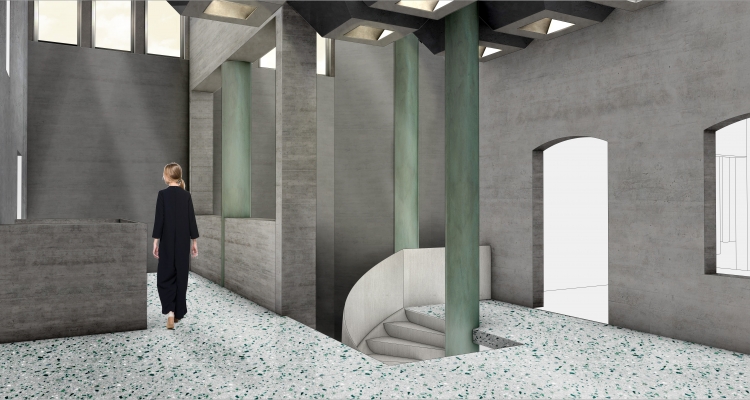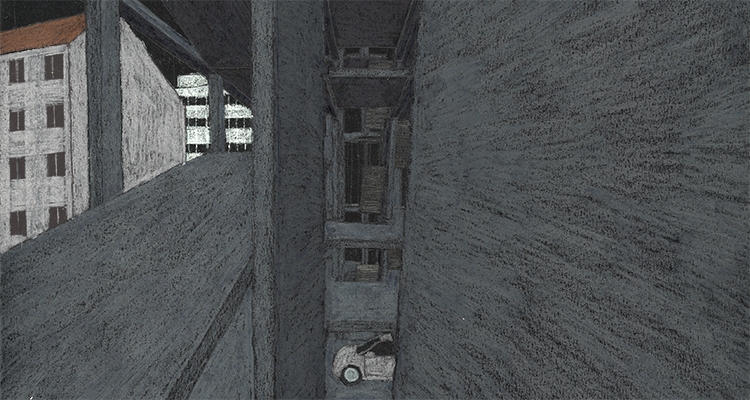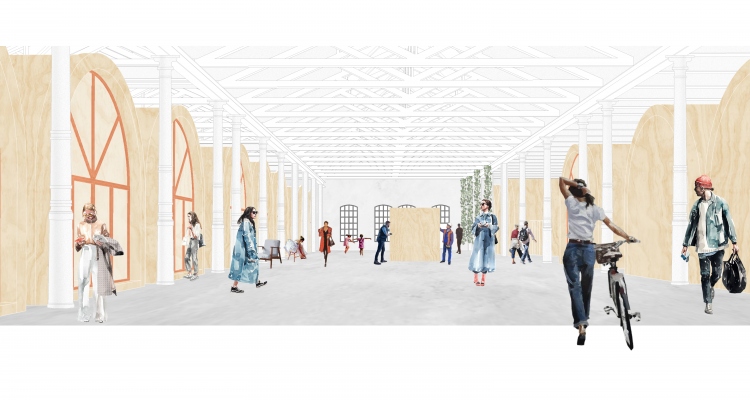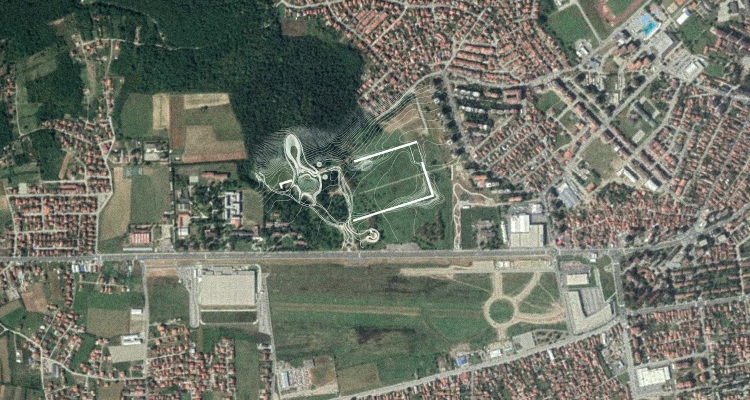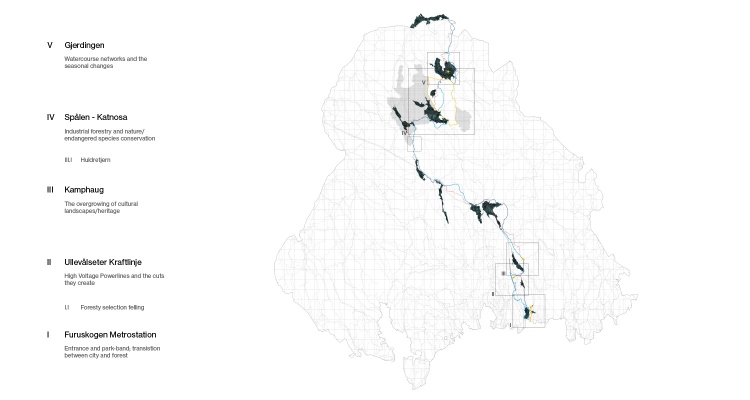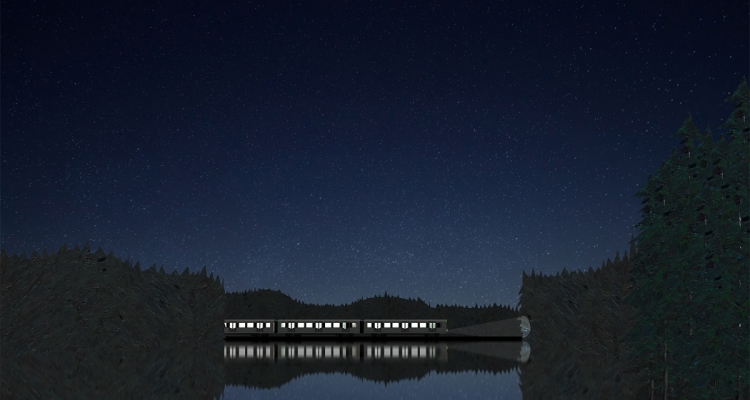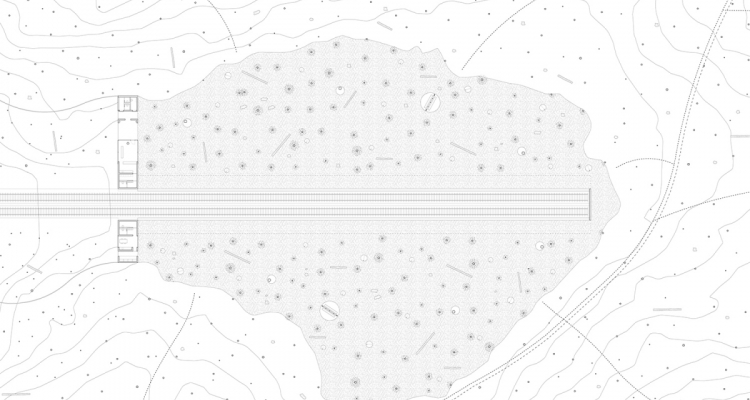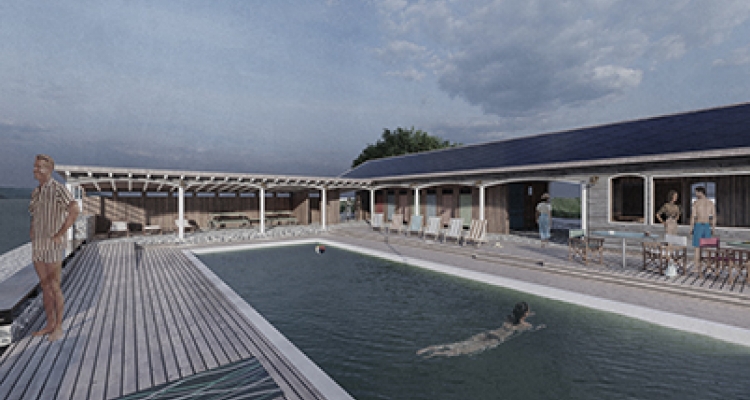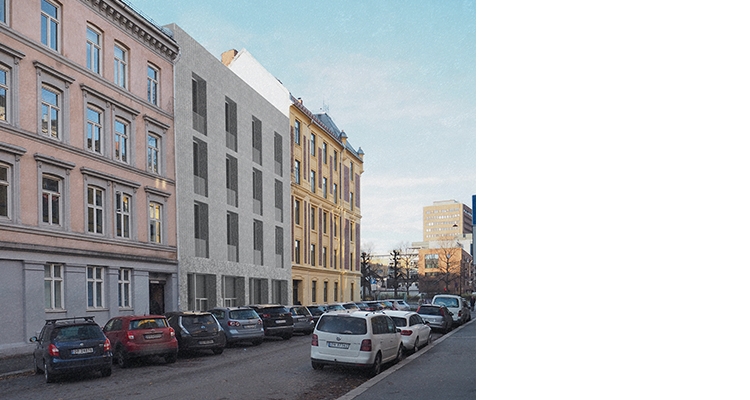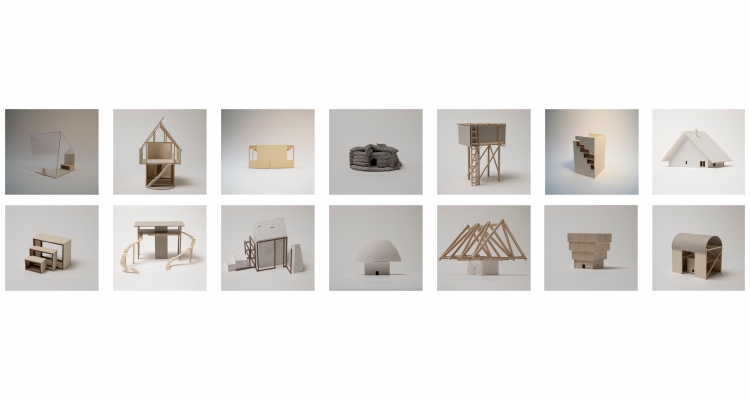Urbanisation is gradually changing our cities. Industry is relocating outside the city core and areas where production took place are left to be integrated into future developments. Hegreneset is an old industrial mill facility that is situated on a peninsula in Bergen with one of the most attractive locations on the coastline. The mill has not been in operation for almost 30 years, but the milling industry has played an important part in the site’s history. My diploma aims to transform Hegreneset from a secluded area to a functioning public place.
Diploma project
Public spaces of car and of man are not separate. Despite the dimensions that form them are often unique, the qualities they possess are often shared - being spatially generous, functionally versatile and highly intertwined with urban fabric.
Adaptive reuse- the process of repairing and restoring existing buildings for new or continued use- is becoming an essential part of architectural practice. They [buildings] are valued for their essential history, their intrinsic sense of collective memory, and the physical contribution that they make to the built environment. But what is to be done with the huge stock of redundant structures?
In my diploma project I aim to answer this question by proposing a transformation of a UNESCO-listed structure at the former industrial site, located in the town of Odda.
In my diploma project I aim to answer this question by proposing a transformation of a UNESCO-listed structure at the former industrial site, located in the town of Odda.
Lokomotivverkstedet in Middelalderparken was the first of its kind in Norway. Constructed of untreated brick in neo-gothic style with an inner cast iron construction, the depot was built on top of the ruins of the Medieval Royal Estates in a time when preservation was not in focus. Today, most of the building remains empty, undergoing costly renovations, and without any future plans for use.


Slobodište, meaning a shrine of freedom, is a word invented to name the place which commemorates the execution of civilians and resistance fighters from the Second World War. Designed in 1960 by architect Bogdan Bogdanović, memorial complex Slobodište was imagined as a park whose monument is embodied in the landscape and the ground of the place. Mythical and archaic in expression, it consists of valleys, slopes, mounds, forests and paths.


On the basis of own experiences, historical and contemporary references, I want to question what a dwelling can be today. Problematizing the condition of temporality that characterizes Oslo, and its later built environment.
Rather than looking outward to the citys periphery, I focus on the inner city, with the intention of learning about an existing urban condition and how to adapt to it, contrary to reinventing one.
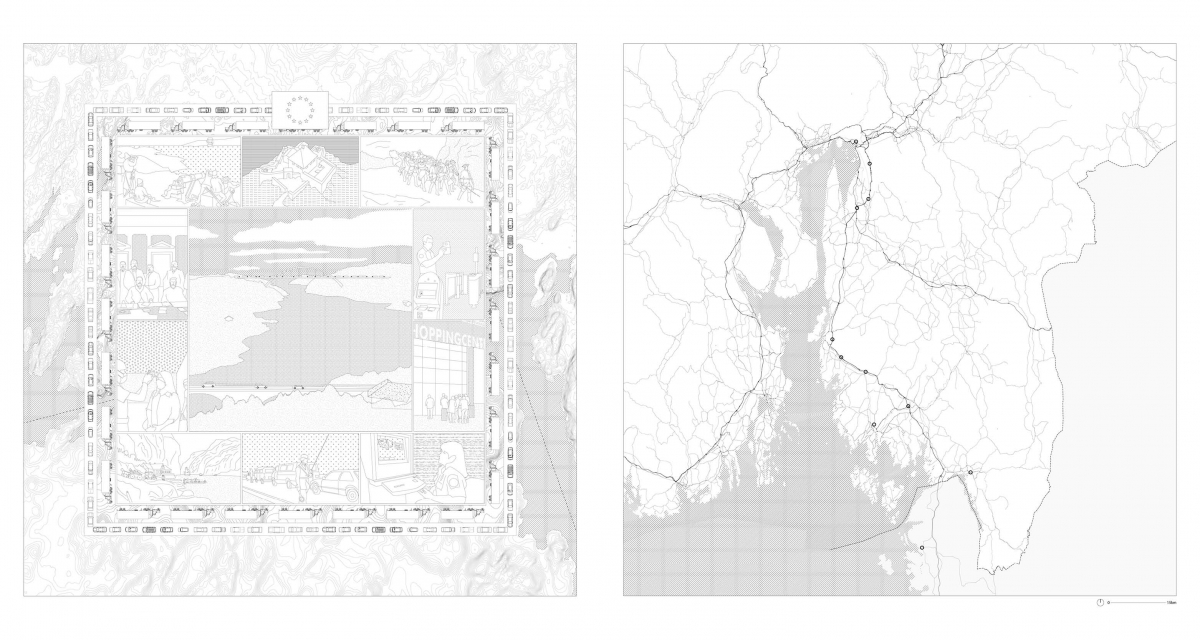
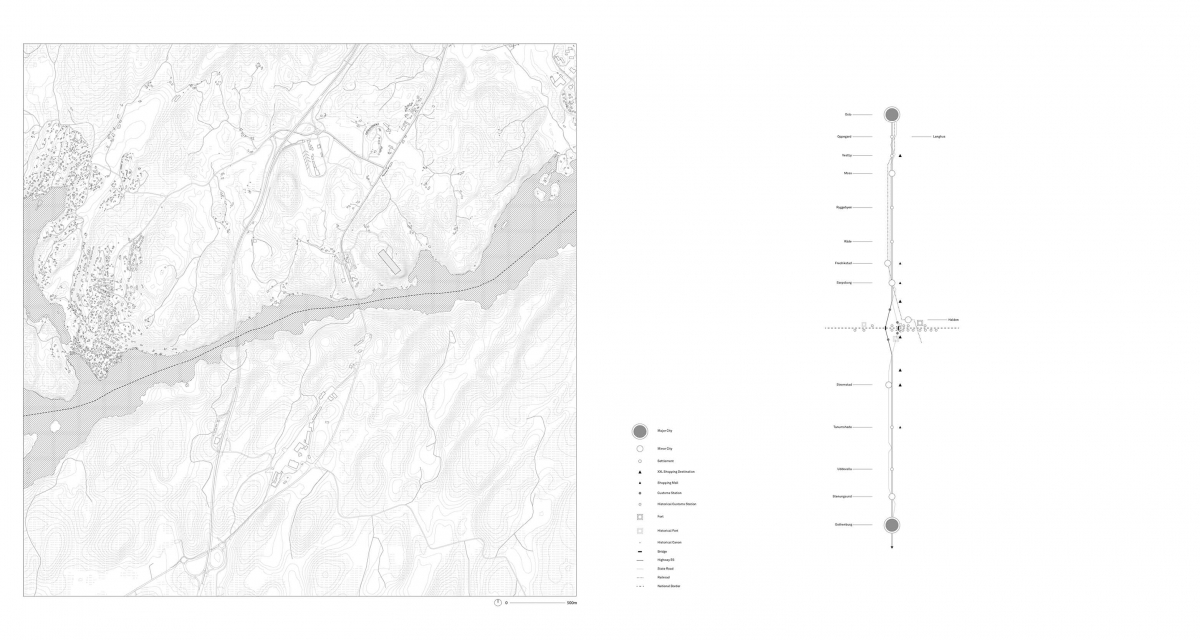
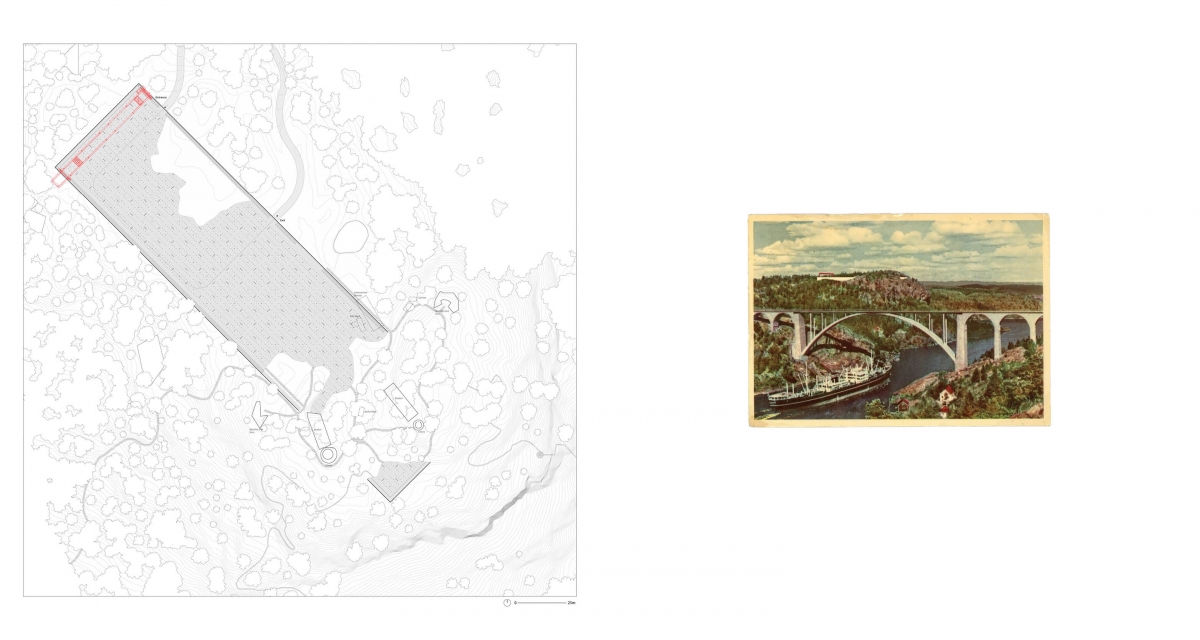
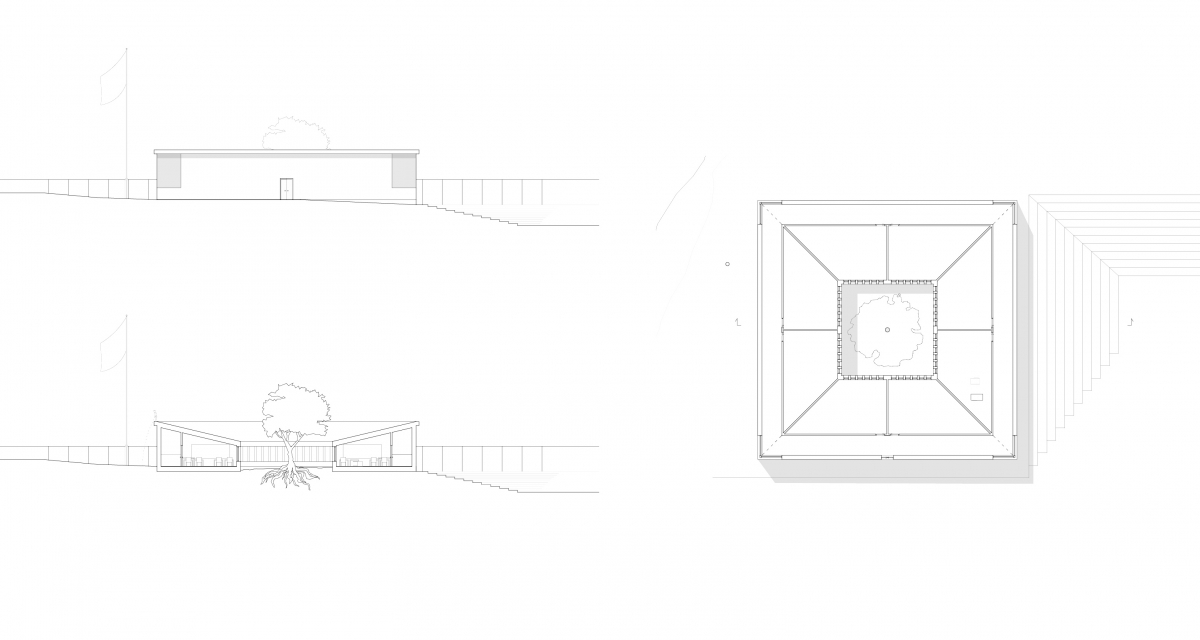
School of Repetition
